We often take the moon for granted but have you ever wondered what is on the moon? Let’s uncover the mysteries and marvels that adorn the lunar surface, offering amateur astronomers like you a roadmap to discovering the hidden treasures of Earth’s only natural satellite.
But why explore what is on the moon? Beyond its beauty and allure, understanding what is on the moon offers valuable insights into our own planet’s history and future. By studying its geography, features, and phenomena, we gain a deeper appreciation for the interconnectedness of the cosmos and our place within it.
Historical and Cultural Significance of the Moon
In this section, we’ll briefly uncover the historical and cultural significance of the moon, shedding light on why it has fascinated humanity for millennia.
Ancient Observations and Beliefs
Since ancient times, civilizations around the world have observed and worshipped the moon. From the Egyptians to the Mayans, people have crafted myths and rituals around its cycles and phases. Ancient astronomers meticulously tracked lunar movements, recognizing its influence on tides and seasons. These observations laid the groundwork for our understanding of what is on the moon today.
Influence on Mythology, Art, and Literature
The moon’s ethereal glow has inspired countless works of art and literature, transcending cultures and epochs. From Shakespeare’s sonnets to Japanese haikus, poets and writers have waxed lyrical about its beauty and mystery. Artists, too, have depicted the moon in paintings, sculptures, and music, capturing its timeless allure for posterity.
Modern Scientific Discoveries
With the advent of modern telescopes and space exploration, our understanding of the moon has deepened. In 1969, the Apollo 11 mission marked a monumental achievement in understanding what is on the moon as humans set foot on its surface for the first time. Subsequent missions have unveiled the moon’s geological history, revealing insights into the early solar system and Earth’s evolution.
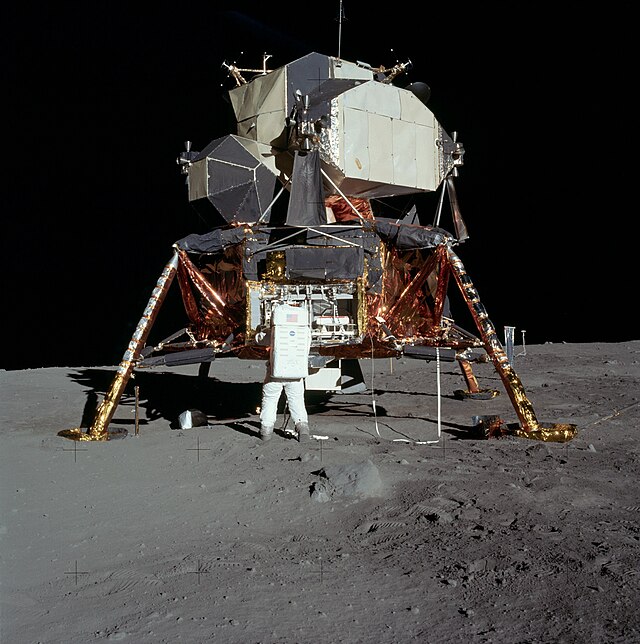
Basic Tools and Equipment to View What Is on the Moon
If you want to see for yourself what is on the moon, make sure you’re equipped with the right gear to make the most out of your lunar adventure!
Telescopes for Lunar Observation
First things first, you’ll need a trusty telescope to get up close and personal with the moon. There are various types available, ranging from beginner-friendly refractor telescopes to advanced reflector models. Consider factors like aperture size, magnification power, and portability when choosing the perfect telescope for your lunar explorations. Don’t forget to check out our telescope beginner’s guide to get started observing what is on the moon.
Enhancing Your Viewing Experience
While a telescope is essential, don’t forget about the accessories that can take your lunar observations to the next level. Invest in quality eyepieces, filters, and tripod mounts to optimize your viewing experience. A lunar filter, for example, can reduce glare and enhance contrast, revealing finer details on the moon’s surface. Learn all about how to view what is on the moon with a telescope in our post here.
What is On the Moon: Understanding Lunar Geography and Features
Exploring what is on the moon’s surface is akin to stepping onto a different world, one filled with rugged terrain, ancient remnants of celestial collisions, and intriguing geological formations. Let’s delve deeper into the geography and features that awaits us:
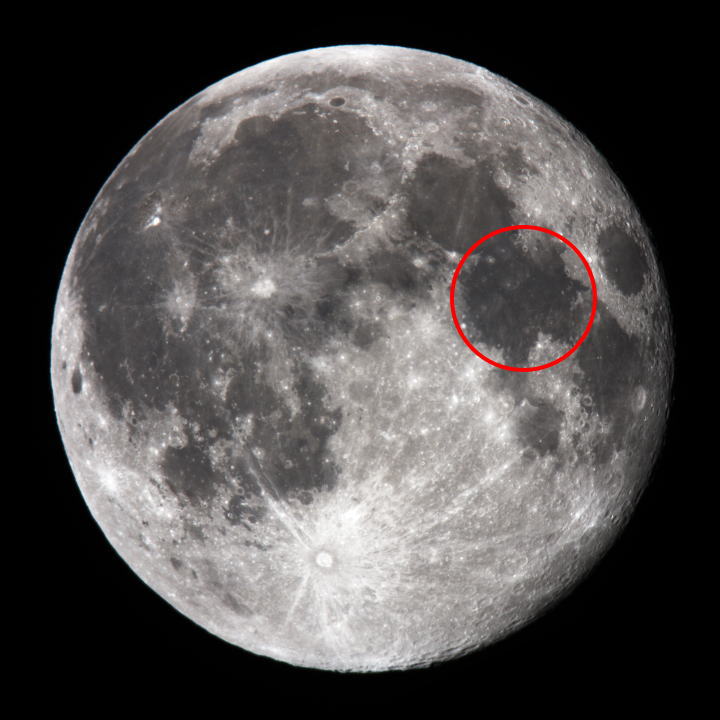
Major Lunar Features
The moon's surface is a canvas of contrasts, characterized by vast plains, towering mountains, and pockmarked craters. One of the most striking features is the lunar maria, which are large, dark plains formed by ancient volcanic activity. These maria, Latin for "seas," are named after their resemblance to terrestrial bodies of water and are scattered across the moon's near side. The most prominent maria include the Sea of Tranquility, the Sea of Serenity, and the Sea of Crises. The above photo highlights the location of the Sea of Tranquility. Photo credit: Silvercat, CC BY-SA 3.0
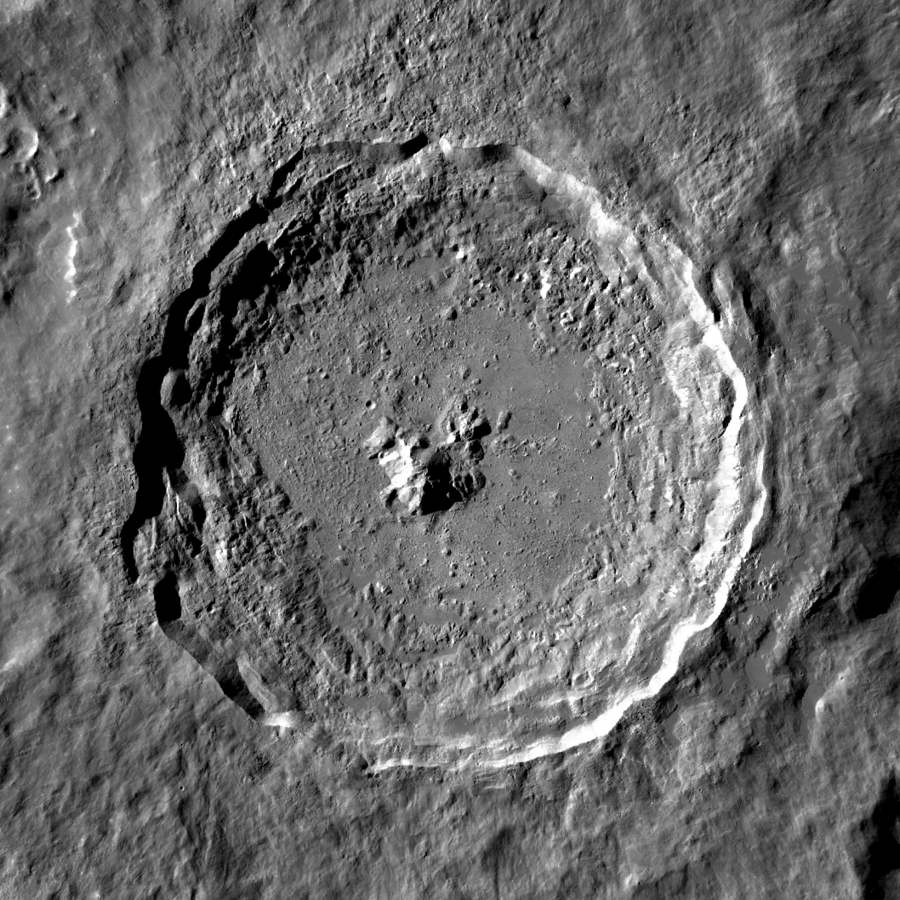
Formation Processes
The moon's surface bears the scars of billions of years of cosmic bombardment. Craters, the most common lunar feature, are formed when asteroids, comets, or meteoroids collide with the moon's surface, creating impact craters of varying sizes. Some craters, such as Tycho and Copernicus, exhibit well-defined central peaks and terraced walls, providing clues about the forces at play during their formation. Meanwhile, mountains and valleys on the moon are the result of both volcanic activity and tectonic forces, offering insights into the moon's geologic past. Photo shows the Tycho cater. Photo Credit: NASA, Public domain, via Wikimedia Commons.
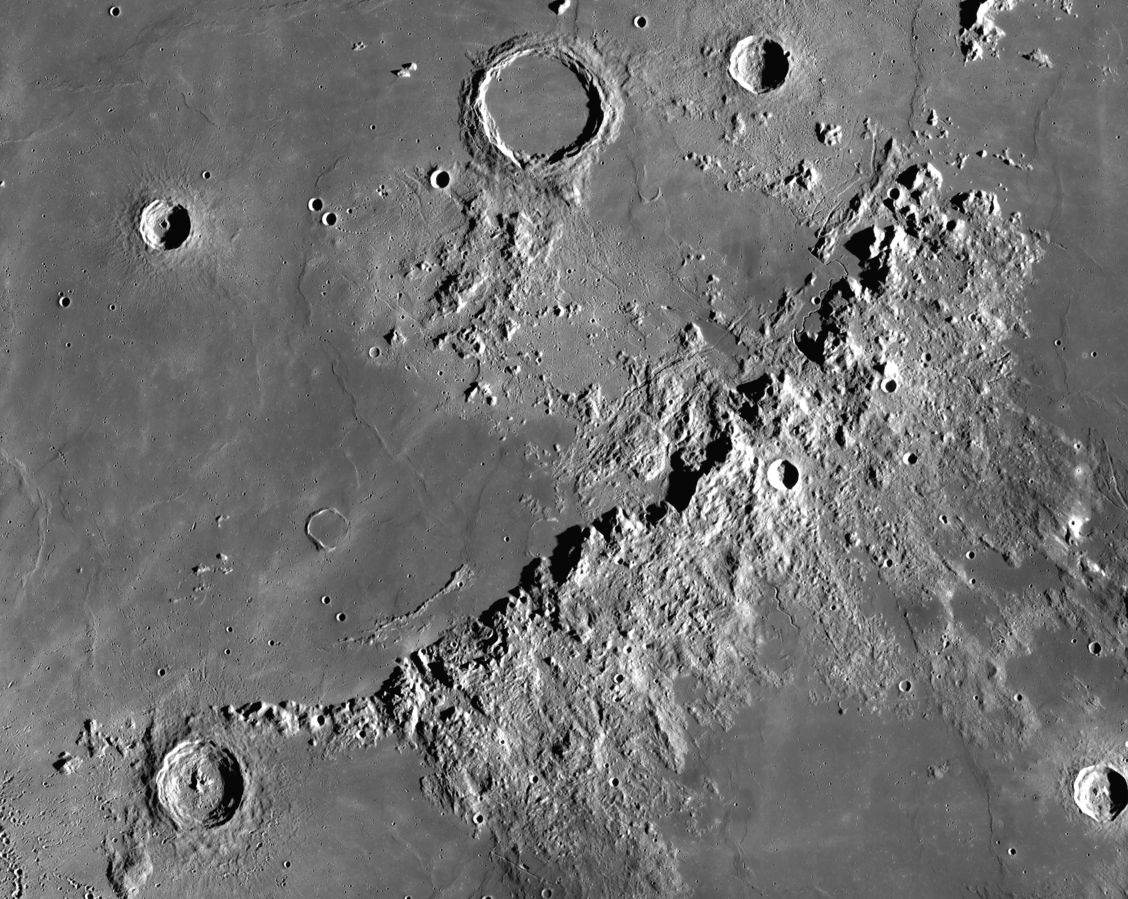
Notable Landmarks
Among the countless craters and mountains that adorn the lunar surface, several landmarks stand out for their historical significance and scientific interest. The Sea of Tranquility, where humans first set foot on the moon during the Apollo 11 mission, remains an iconic symbol of human achievement and exploration. Other notable landmarks include the towering peaks of the Apennine Mountains and the sprawling expanse of the Imbrium Basin, one of the largest impact basins on the moon. Photo shows the Apennine Mountains. Photo credit: NASA (image by Lunar Reconnaissance Orbiter), Public domain, via Wikimedia Commons.
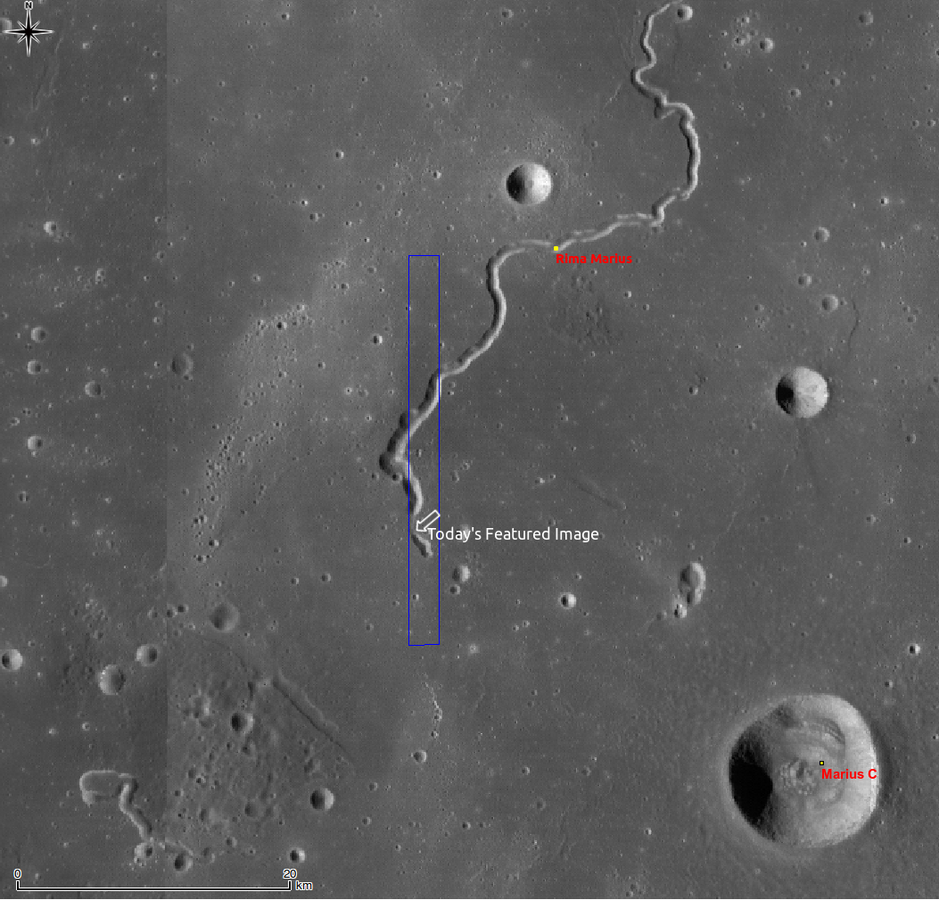
Unique Geological Phenomena
Beyond craters and mountains, the moon harbors a variety of intriguing geological phenomena that defy easy explanation. Lunar rilles, for example, are long, winding depressions that snake across the lunar surface, believed to be the remnants of ancient lava channels or collapsed lava tubes. Lunar domes, on the other hand, are small, rounded hills thought to be the result of volcanic activity. Additionally, lunar swirls are bright, swirling patterns found on the moon's surface, likely formed by magnetic anomalies or interactions with the solar wind. Photo shows lunar rilles. Photo credit: NASA/GSFC/Arizona State University, Public domain, via Wikimedia Commons
Man-Made Objects on the Moon: Traces of Human Exploration
As we ponder what is on the moon, it’s essential to recognize the lasting imprint of human exploration on its surface. Let’s look into the history of man-made objects that have found their way to the lunar landscape:
Lunar Module Descent Stages
- Descent Stage Relics: The descent stages of the Lunar Modules remain on the moon's surface to this day, serving as silent monuments to humanity's first forays beyond Earth. These relics, along with other equipment and scientific instruments left behind by Apollo astronauts, provide valuable data and insights for future lunar exploration efforts.
Other Lunar Artifacts
- Lunar Rover Tracks: The Apollo 15, 16, and 17 missions deployed lunar rovers, electrically powered vehicles that allowed astronauts to traverse greater distances and conduct scientific experiments on the moon's surface. These rovers left distinctive tracks in the lunar regolith, visible in high-resolution images captured by orbiting spacecraft.
- Lunar Impact Debris: In addition to deliberate landings, the moon has been impacted by numerous man-made objects, including spent rocket stages and spacecraft components. These debris fields, scattered across the lunar surface, serve as reminders of humanity's ongoing presence in space and the challenges of space exploration.
As we reflect on the legacy of human exploration of what is on the moon, let us remember the courage, ingenuity, and perseverance of those who ventured into the unknown in pursuit of knowledge and discovery. The man-made objects that now reside on the lunar landscape are not merely relics of the past but symbols of humanity’s enduring spirit of exploration and curiosity.
Notable Lunar Phenomena
Next, let’s explore some of the most captivating lunar phenomena visible from Earth. From the mesmerizing beauty of lunar eclipses to the mysterious transient lunar phenomena, there’s no shortage of wonders to behold when discovering what is on the moon.
Lunar Eclipses
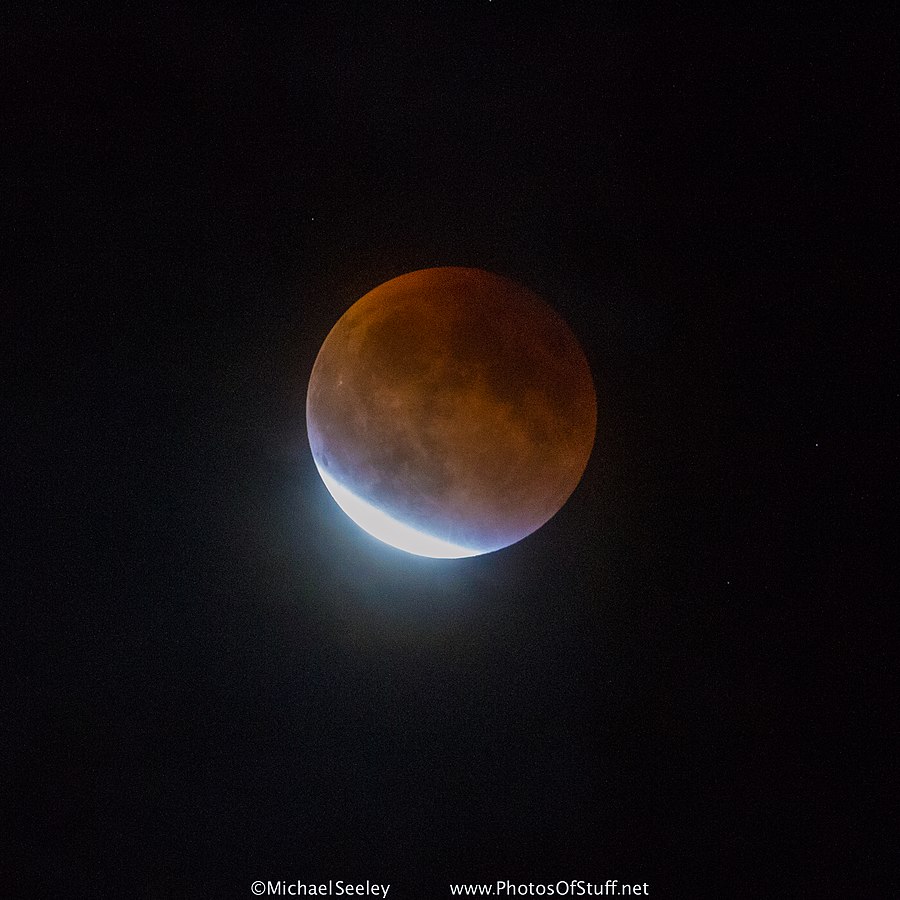
Types of Lunar Eclipses
Lunar eclipses occur when the Earth passes between the sun and the moon, casting a shadow on the lunar surface. There are three main types of lunar eclipses: total, partial, and penumbral. During a total lunar eclipse, the moon takes on a striking red hue, known as a "blood moon," as it passes through Earth's shadow. Photo shows a blood super moon. Photo credit: Michael Seeley from Melbourne, FL, United States, CC BY 2.0
Transient Lunar Phenomena (TLP): Myths vs. Reality
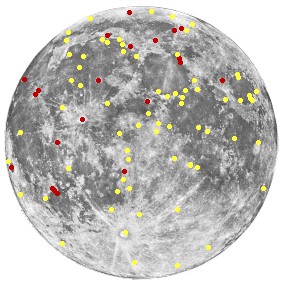
What are TLPs?
Transient lunar phenomena refer to temporary changes or anomalies observed on the lunar surface, such as flashes of light, color variations, and mysterious glows. While some TLPs can be attributed to known phenomena, such as meteorite impacts or moonquakes, others remain unexplained and shrouded in mystery. The photo depicts a map displaying the approximate distribution of transient lunar phenomena. Photo credit: NASA, Public domain, via Wikimedia Commons
Lunar Seismic Activity
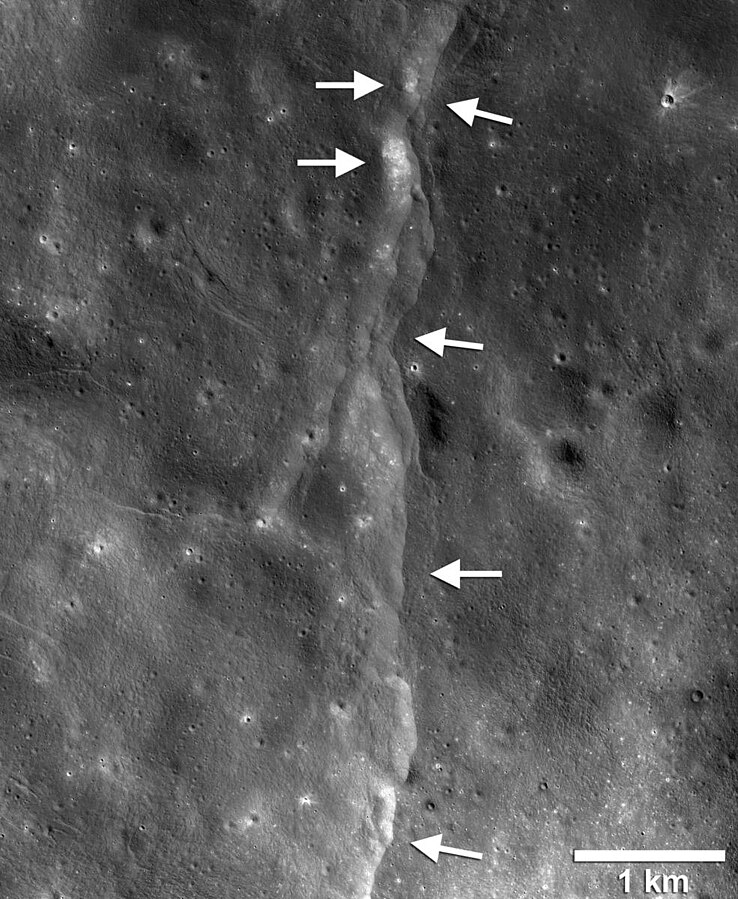
Lunar Seismic Activity
Although the moon appears dormant and lifeless, it experiences occasional seismic activity known as "moonquakes." These moonquakes can be triggered by a variety of factors, including the gravitational pull of Earth, thermal expansion and contraction, and the release of stored energy from past impacts. Photo shows a lunar crack. Photo credit: NASA/GSFC/Arizona State University/Smithsonian, CC BY-SA 4.0
Exploring Lunar Mysteries
From recent discoveries of water ice to investigations of lunar anomalies and conspiracy theories, there’s no shortage of secrets waiting to be uncovered when discovering what is on the moon:
Water Ice on the Moon: Recent Discoveries and Implications
- Discovery of Water Ice: In recent years, scientists have made groundbreaking discoveries of water ice deposits on the moon's surface. These deposits are primarily found in permanently shadowed regions near the lunar poles, where temperatures remain cold enough to preserve water molecules in the form of ice.
- Implications for Future Exploration: The discovery of water ice on the moon has significant implications for future lunar exploration missions. Water is a crucial resource for sustaining human life and supporting long-term missions to the moon and beyond. By tapping into these water ice deposits, astronauts could extract water for drinking, fuel production, and life support systems, reducing the need to transport resources from Earth.
Investigating Lunar Anomalies and Conspiracy Theories
- Lunar Anomalies: Throughout history, observers have reported sightings of unusual phenomena on the moon, ranging from strange lights and shadows to anomalous structures and artifacts. While many of these anomalies can be explained by natural processes or observational errors, others have fueled speculation and conspiracy theories about possible alien artifacts or hidden lunar bases.
- Debunking Myths: Despite persistent myths and urban legends surrounding the moon, scientific evidence has debunked many of these conspiracy theories. The moon landings, for example, have been extensively documented and verified by multiple independent sources, leaving little room for doubt about their authenticity. Similarly, claims of alien structures or artificial constructs on the moon lack credible evidence and are often the result of misinterpretations or hoaxes.
Future Lunar Exploration Missions and Their Goals
- Return to the Moon: NASA, along with international space agencies and private companies, is planning a return to the moon as part of its Artemis program. The goal of Artemis is to establish a sustainable human presence on the lunar surface, paving the way for future crewed missions to Mars and beyond.
- Scientific Objectives: Future lunar exploration missions will focus on a variety of scientific objectives, including studying the moon's geology, conducting experiments in lunar resource utilization, and testing technologies for future space exploration. By exploring the moon's surface in greater detail, scientists hope to unlock its secrets and unravel the mysteries of our celestial neighbor.
Planning Lunar Observations
So, you’re ready to turn your gaze towards the moon and explore the wonders of what’s on the moon up close. But before you dive into your lunar adventure, it’s essential to plan your observations carefully. Here are some practical tips to help you make the most of your lunar observing sessions:
Choosing the Right Time and Location
Timing is crucial when it comes to observing what is on the moon. Determine when the moon will rise and set in your location using online tools or smartphone apps. Observing during moonrise or moonset can provide breathtaking views as the moon appears larger near the horizon.
Find a dark-sky location away from city lights to minimize light pollution and maximize the clarity of your observations. National parks, rural areas, and observatories are excellent options for stargazing and lunar observing.
Understanding Lunar Phases and Libration
Familiarize yourself with the phases of the moon, from the waxing crescent to the waning gibbous. Each phase offers unique viewing opportunities of what is on the moon, with features like shadows and highlights becoming more pronounced as the lunar cycle progresses.
Take advantage of lunar libration, the slight rocking and tilting motion of the moon as seen from Earth. Libration allows observers to view different portions of the moon’s surface over time, revealing hidden features along the lunar limb.
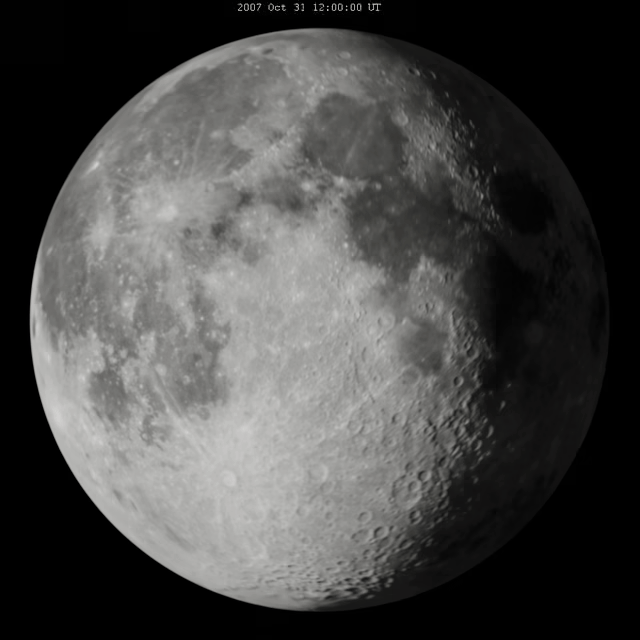
Weather Considerations and Equipment Setup
Keep an eye on weather forecasts and plan your observing sessions on nights with clear skies and minimal atmospheric turbulence. Cloud cover and poor weather conditions can hinder visibility and impact the quality of your observations.
Ensure your telescope is properly aligned and calibrated before beginning your observations of what is on the moon. Check the collimation of your optics and adjust the focus to achieve crisp, sharp images of the lunar surface. Learn more about telescope collimation here.
What is on the Moon Observation Ideas
Now that you’ve planned your lunar observations, it’s time to consider a few ideas of how to share your observations. There are a few approaches to consider:
Photographing the Moon: Tips and Tricks
Attach your digital camera or smartphone to your telescope using a compatible adapter or mount. Experiment with different camera settings, such as ISO, shutter speed, and aperture, to achieve optimal exposure and clarity in your lunar photographs.
A moon filter, such as the Celestron Moon filter, improves lunar viewing by reducing glare and enhancing contrast, making it essential for amateur astronomers. It also enhances contrast for deep-sky objects and reduces brightness for terrestrial viewing in light-polluted areas. The Celestron Moon filter is easy to use, fits most 1.25″ eyepieces and can be stacked with other filters. View on Amazon here.
Explore different compositional techniques to capture striking images of what is on the moon. Experiment with framing and cropping to highlight specific features or create visually appealing compositions. Consider incorporating foreground elements, such as trees or buildings, to add context and scale to your lunar photos.
Live Streaming and Sharing Observations Online
Share the excitement of your lunar observations in real-time by live streaming your telescope’s view of the moon. Platforms like YouTube, Facebook Live, and Twitch allow you to connect with fellow enthusiasts and engage in interactive discussions as you explore what is on the moon together.
Join online forums, social media groups, and astronomy clubs dedicated to lunar observation and astrophotography. Share your observations, ask questions, and connect with like-minded individuals who share your passion for exploring the cosmos.
As we draw to a close on this journey to explore the mysteries of what is on the moon, it’s clear that this celestial neighbor holds a treasure trove of wonders waiting to be discovered. From its rugged terrain to its enigmatic features, the moon continues to captivate our imagination and inspire awe.
So, grab your telescope, venture out into the night, and dare to ask the question: What is on the moon? With each observation and discovery, we inch closer to unlocking the secrets of our nearest celestial neighbor and unraveling the mysteries of the cosmos.
We may earn commissions through affiliate links in this post. This means we may receive a small commission if you make a purchase through these links. This comes at no extra cost to you and helps support our site’s content. We only recommend products or services we believe will add value to our readers. Your support is appreciated!

Andrew
With years of experience and a passion for exploring the cosmos, I want to be your go-to destination for all things celestial. My mission is to bring the wonders of the universe to your fingertips and demonstrate how the art of stargazing and telescope therapy can nurture not only your astronomical curiosity but also your mental health. Explore the cosmos with me and discover the profound connection between the night sky and your inner peace.
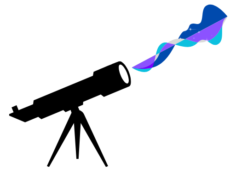
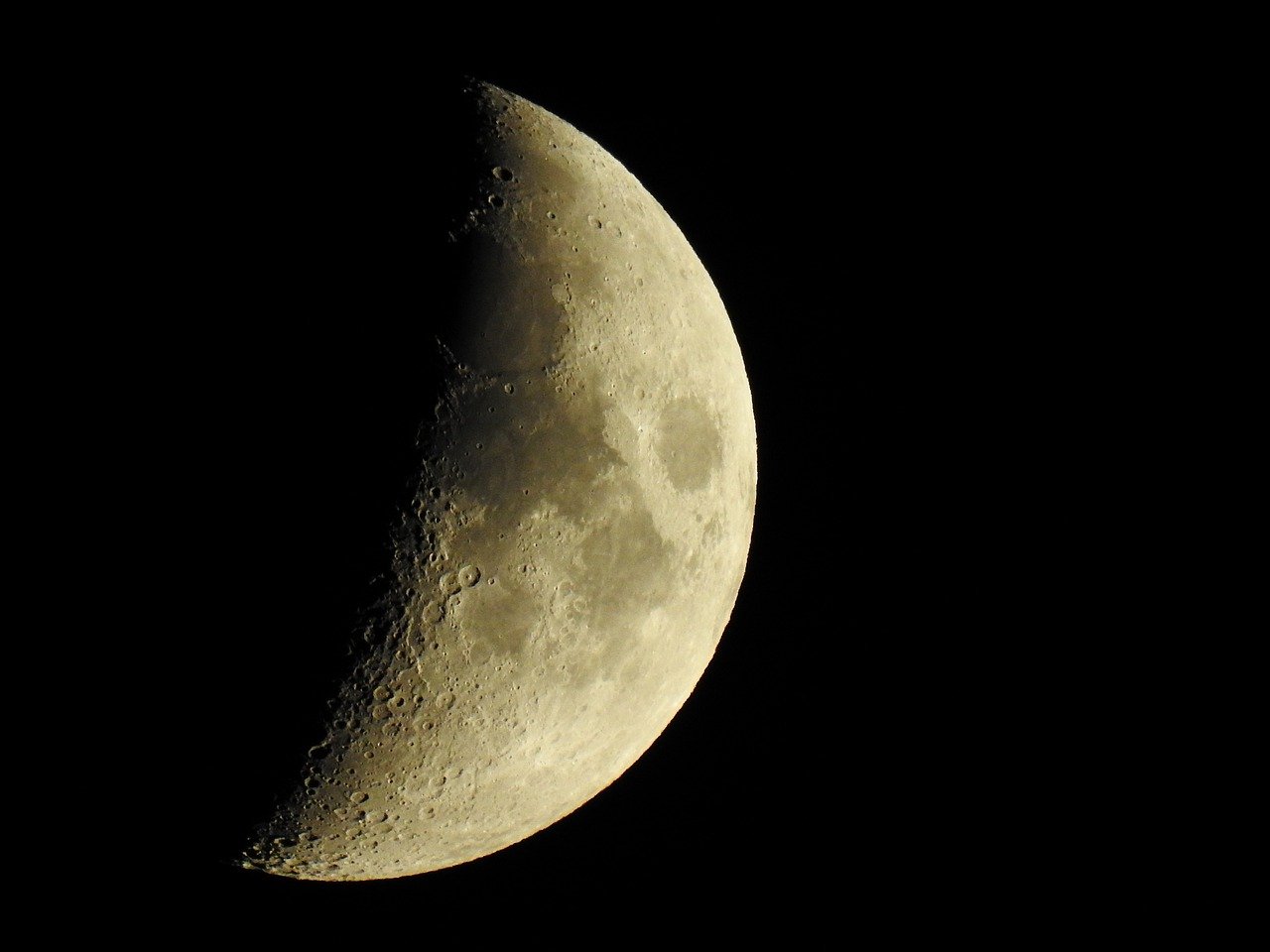
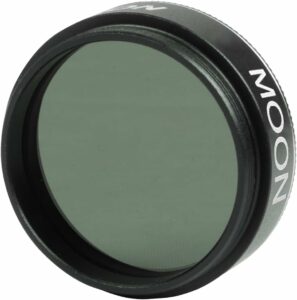
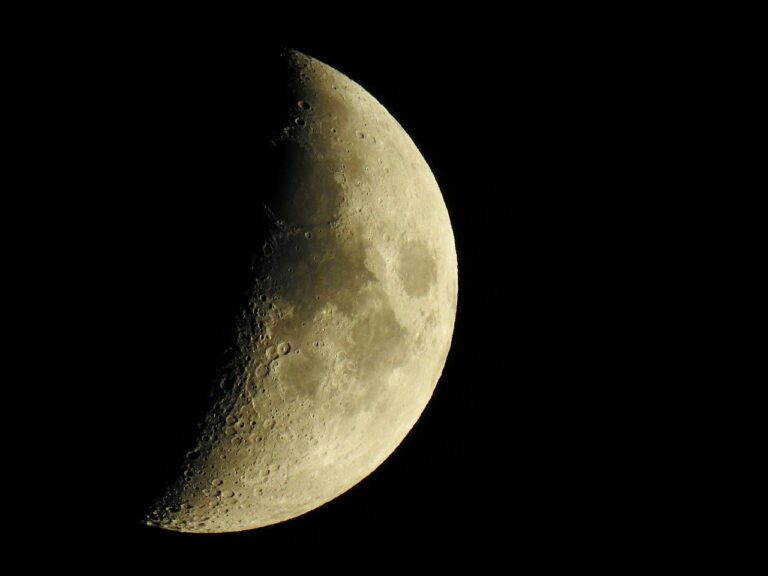
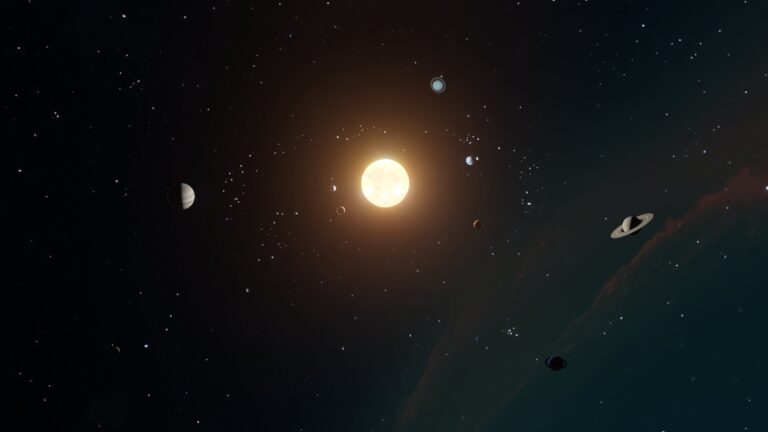
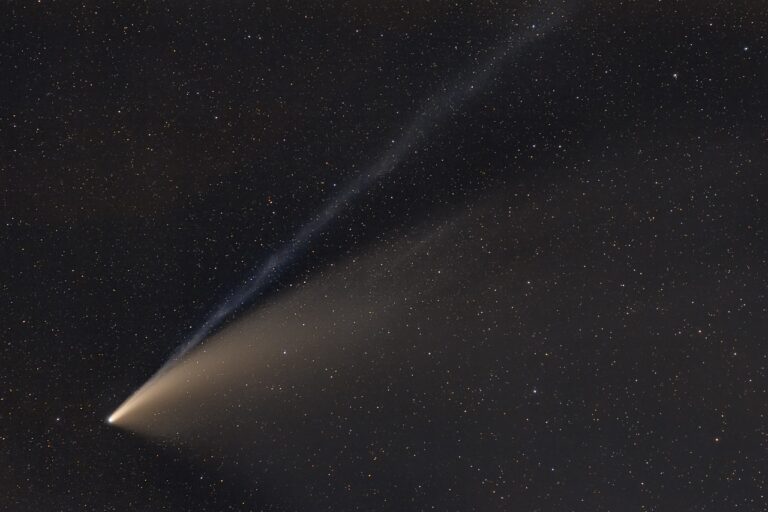
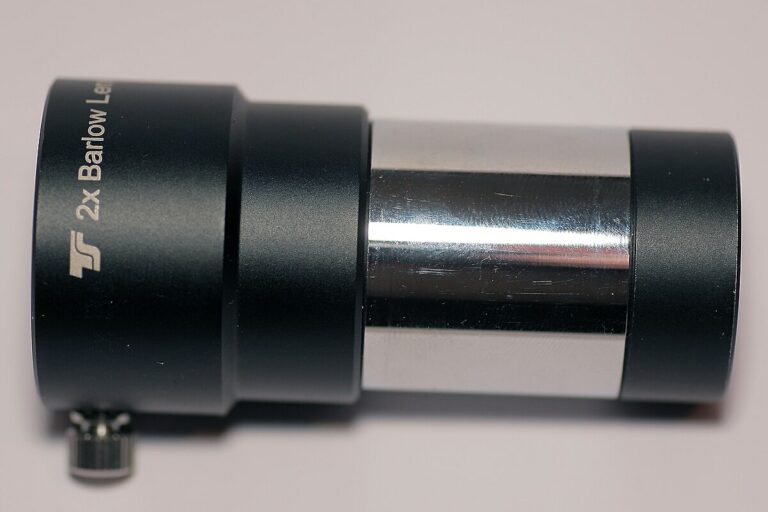
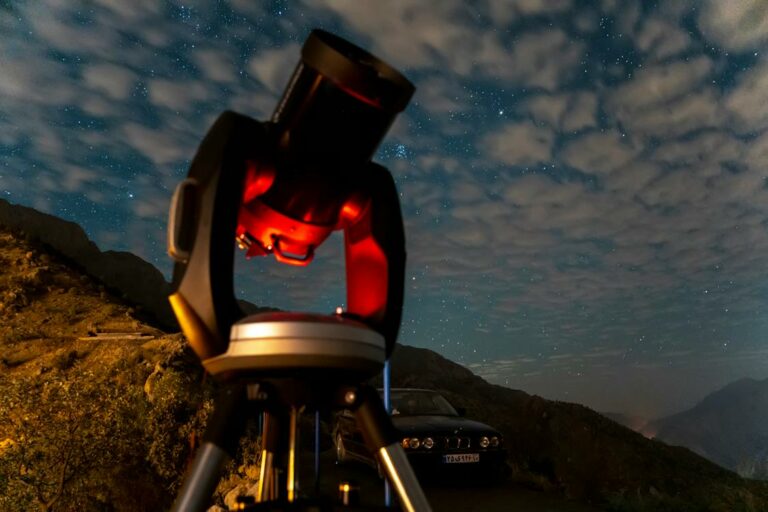
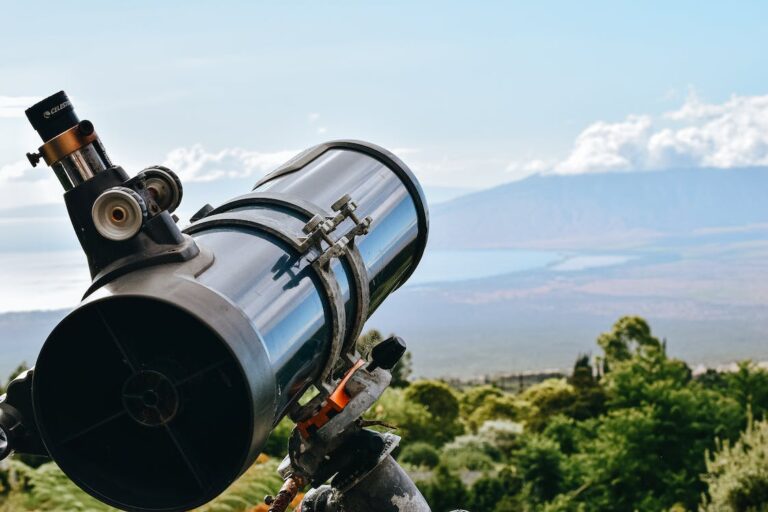
+ There are no comments
Add yours